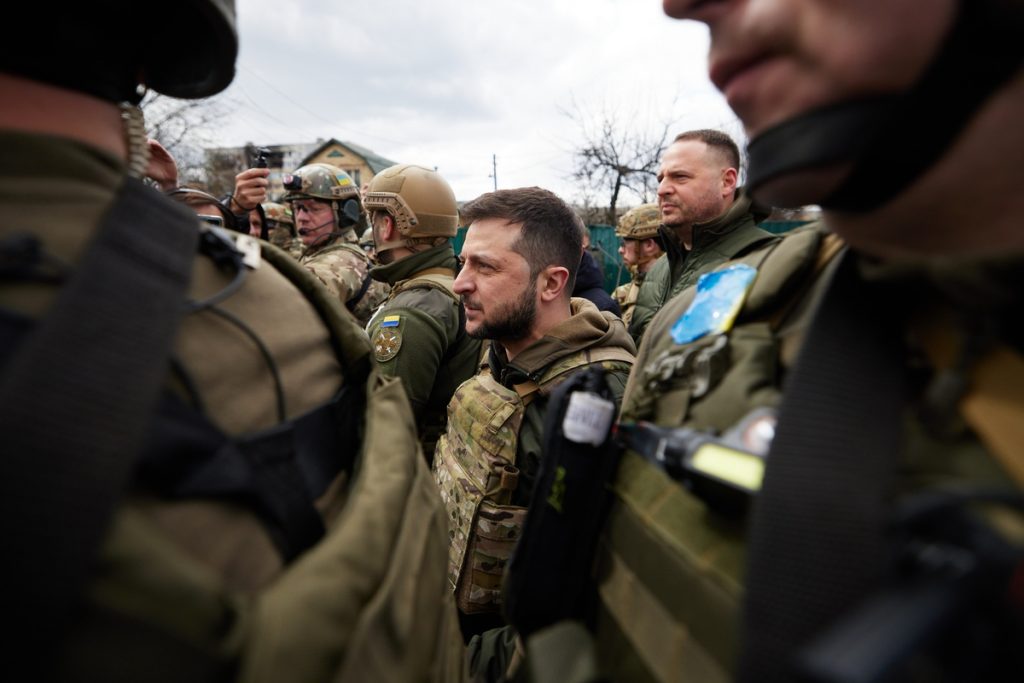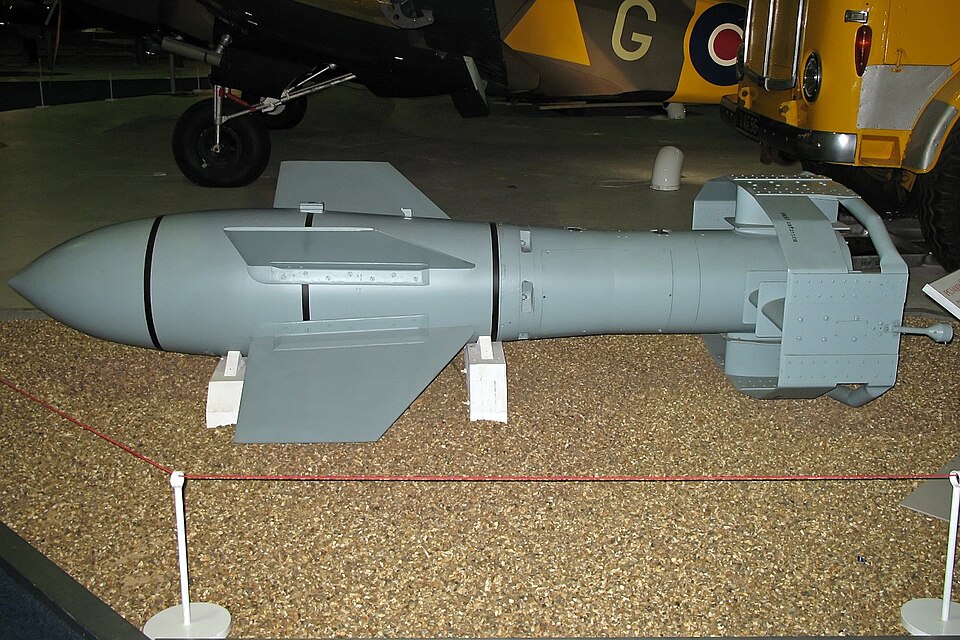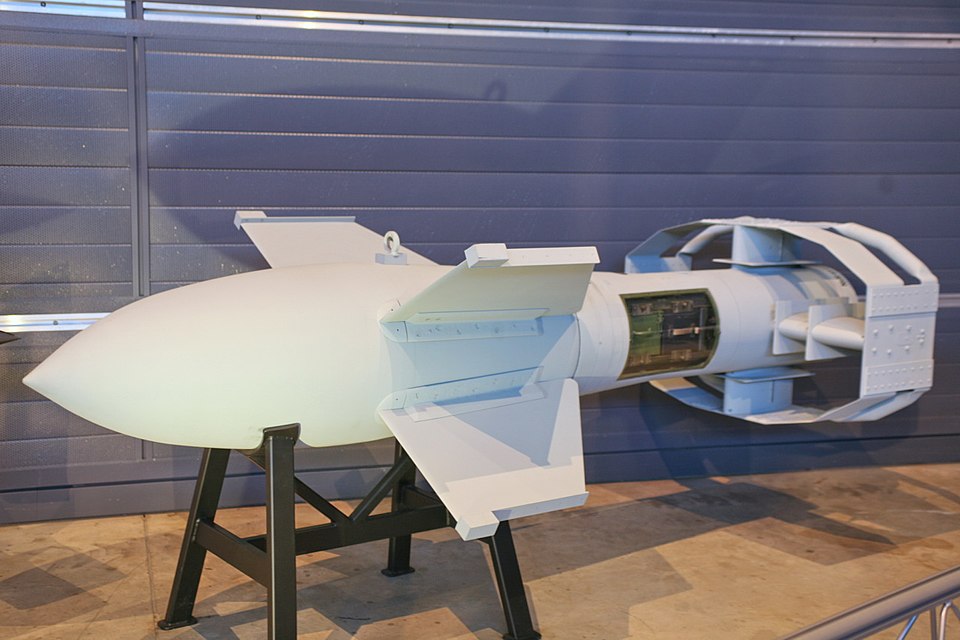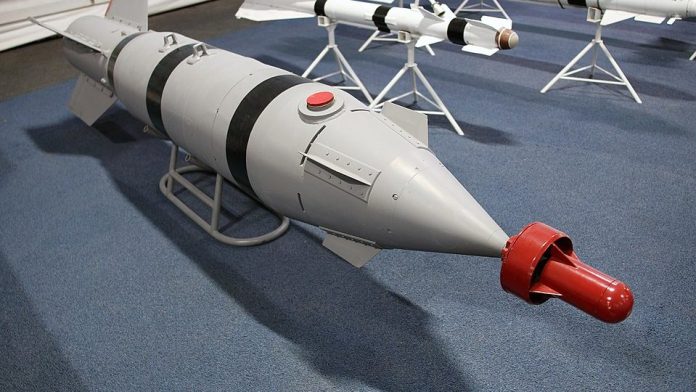
It’s one thing to fear enemy fire it’s quite another to fear your own air force. In Russia’s Belgorod region, abutting the border with Ukraine, residents endure both in a grim reality where bombs meant for Ukraine detonate on Russian soil sometimes with deadly consequence. What was once dismissed as a rare mishap has coalesced into a disturbing pattern that shows cracks in Vladimir Putin’s military machine and exposes civilians to relentless danger.
Since the war’s escalation in 2022, Belgorod has served as a key front-line staging area for Russian operations. But Ukrainian counterstrikes, sabotage, and Russia’s own technical failures have turned the area into an unexpectedly chaotic battlefield. The volatile mixture of cross-border attacks, accidental bomb drops, and strategic blunders raises urgent questions about Russia’s capabilities in air warfare and its grip on the conflict.

1. Accidental Bombing of Russian Territory
It is confirmed from the intercepts of Ukrainian intelligence and local accounts that Russian warplanes have dropped bombs on Belgorod and other border areas time and again. One such resident told the Express, “In 11 days, Russian bombers dropped eight bombs on the territory of Belgorod region.” The technical malfunctioning of glide bomb guidance systems has caused munitions to veer off course, with a recorded 127 such incidents by March 2025 alone. These have damaged homes, public facilities, and infrastructure and killed and injured civilians.

2. Belgorod Under Relentless Cross-Border Fire
Belgorod’s proximity to Ukraine marks the city as a prime target of Kyiv’s counterattacks. The city and surrounding villages have repeatedly faced artillery, drones, and missiles, hitting oil depots, power plants, and residential areas. According to Governor Vyacheslav Gladkov, missile strikes caused “serious damage” to heating systems affecting 20,000 households. The deadliest incident came during New Year celebrations in 2023, with rocket fire killing 25 people, including five children.

3. The Glide Bomb Problem
Russia’s reliance on the cheap, standoff munitions adapted from Cold War-era unguided bombs known as glide bombs has increased sharply. Fitted with the UMPK, these weapons enable strikes to be delivered from up to 60 miles away, keeping aircraft out of Ukrainian air defense range. Guidance flaws have so far caused dozens of bombs to land inside Russia. Nevertheless, production is accelerating from 40,000 units in 2024 to an expected 70,000 in 2025, increasing further the risk of such mishaps.

4. New Long-Range and Jet-Powered Bombs
According to Ukrainian intelligence, Russia has tested “aviation bombs with new guidance modules” that can reach as far as 200 km. Variants like the UMPB-5R feature Chinese-manufactured turbojet engines, further extending reach and complicating interception for Ukrainian air defenses. Though they may well hit cities deep inside Ukraine, their deployment does raise the specter of more accidents over Russian territory if guidance or propulsion systems fail.

5. Sabotage and Hybrid Warfare in NATO’s Shadow
Beyond Ukraine, Russia’s methods of hybrid war are spilling into NATO territory: Poland has accused Moscow of sabotaging a key railway line used to transport aid to Ukraine, calling it an “unprecedented act.” Other incidents have included drone incursions into Polish airspace and attacks on critical infrastructure. These operations seek to expand the battlefield westward without invoking Article 5, keeping the NATO states under constant pressure.

6. Civilian Casualties and Psychological Strain
Life in Belgorod is one of constant danger. Missile sirens sound ten times a day for residents concrete shelters can be found in public spaces and 2,500 villagers along the firing line are forcibly evacuated. Some, such as 21-year-old journalist Yuliya, speak to possible PTSD symptoms: “Even when there’s no shelling it’s scary for me to leave the house.” The psychological burden is heightened by the fact that some of the attacks stem from their own military.

7. Technical Failures and Poor Coordination
Equipment that is outdated, insufficient training, and flawed command structures further afflict Russian air operations. Analysts have pointed out that the Russian Aerospace Defense Force avoids suppression of enemy air defenses, relying instead on standoff strikes. Air-ground coordination is weak, leading to slow targeting cycles and missed opportunities. These contribute directly to misfires and accidental bomb drops.

8. Ukraine’s Countermeasures
Kyiv has enhanced its defenses against glide bombs by using electronic warfare, jamming guidance systems to decrease accuracy. Long-range strikes against Russian airfields and ammunition depots have forced Moscow to push tactical aviation further inland, thereby slashing sortie rates by as much as 70 percent in some sectors. Arrived F-16 fighter jets further discourage the Russian pilots from approaching the border.

9. The Strategic Risk of Escalation
Experts say the “offensive triangle” of ground assaults, drones, artillery, and glide bombs that Russia is using in Ukraine could be emulated under certain conditions against NATO forces. It does indeed rely on Ukraine’s static front lines and a lack of long-range air-to-air missiles, but its destructive potential in other theaters cannot be discounted. NATO planners are watching closely, aware that Russia’s bomb blunders at home do not diminish its capacity for harm abroad.
More than embarrassing errors, the Belgorod bomb incidents are symptomatic of deeper structural flaws in Russia’s air warfare strategy. As production of both glide bombs and new long-range munitions accelerates, so does the risk of civilian harm on both sides of the border. For NATO and Ukraine, these failures offer opportunities to exploit-but for residents living under the shadow of both enemy and friendly fire, they represent a daily, unrelenting threat.


